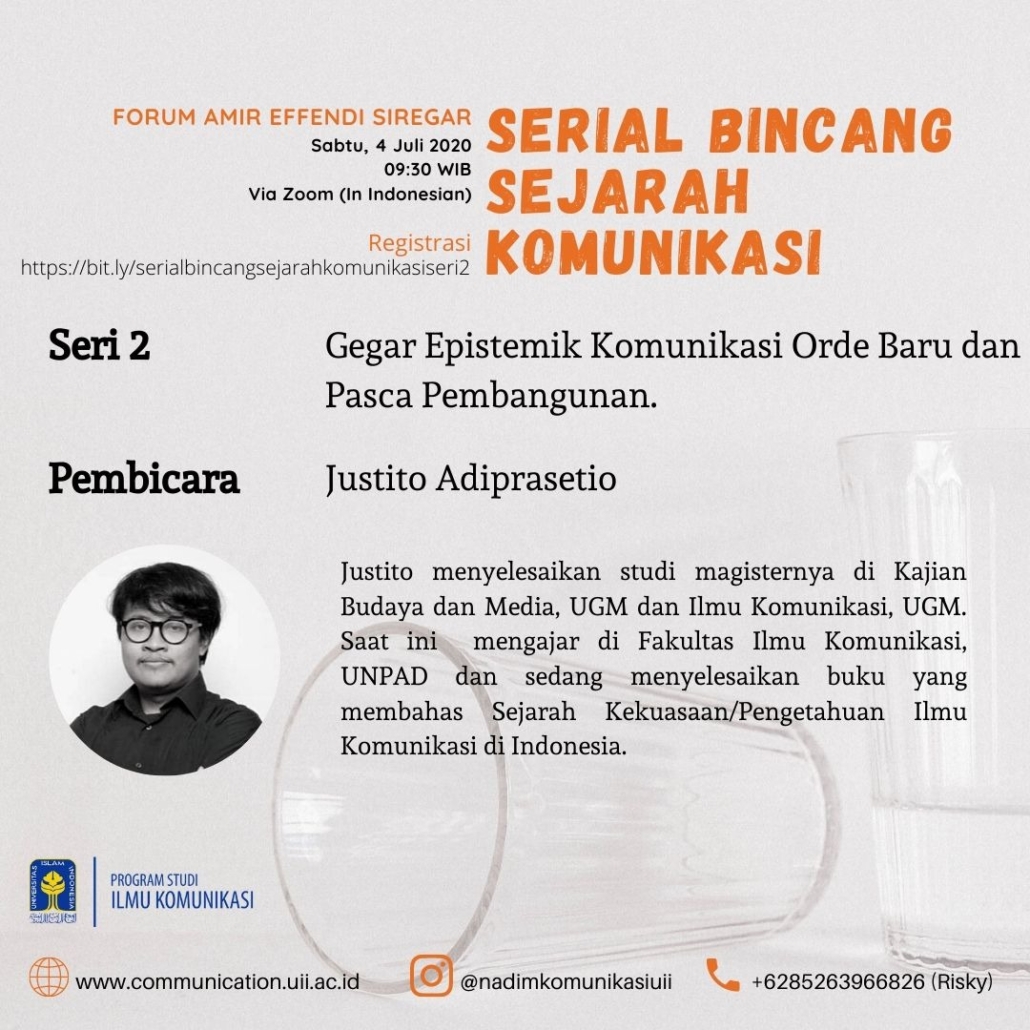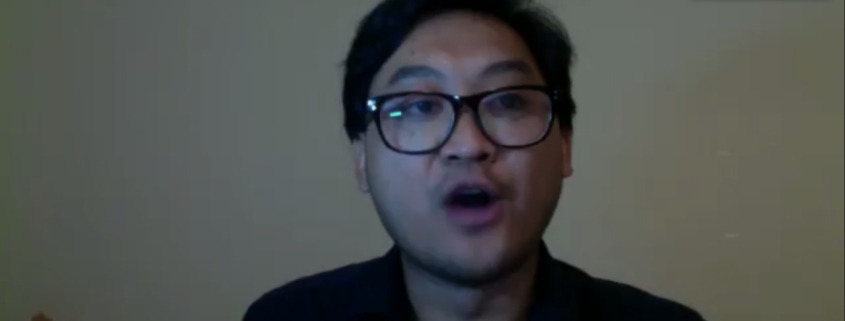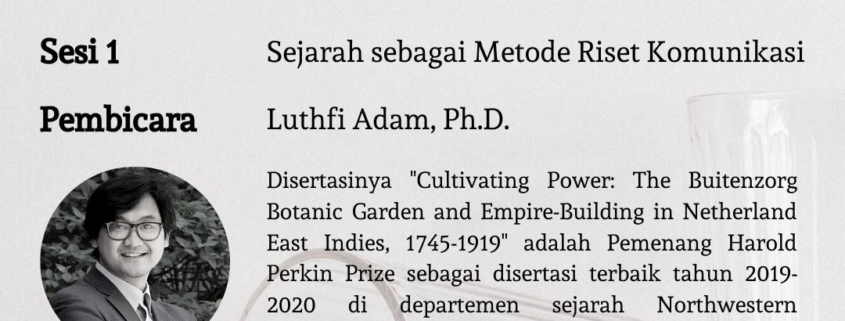Lanjutan dari Forum AES: Rezim Soeharto Memengaruhi Kurikulum dan Riset Ilmu Komunikasi Indonesia (1)
Kesempatan Justito Adiprasetio di serial ke 2 Forum Amir Effendi Siregar, mengungkap beragam pengaruh dalam diskursus Ilmu Komunikasi di Indonesia. Ia memaparkan ada pengaruh scholar Jerman, Amerika, dan orde Soeharto dalam Diskursus Ilmu Komunikasi di Indonesia.
“Jadi diskursus ‘penerangan’ seperti kita tahu kalau di Unpad dulu ada prodi manajemen komunikasi, dulunya ilmu penerangan. Dulunya juga di beberapa kampus punya jurusan di bawah ilmu komunikasi itu ilmu penerangan, bahkan ilmu publisistik dulunya di bawahnya ada ilmu penerangan,” kata Tito, panggilan akrab Justito.
Bahkan, lanjut Tito, ilmu penerangan menjadi mata kuliah dalam ilmu publisistik. Tito melacak Diskursus ilmu penerangan ini ada sebelum 1945. Departemen Penerangan juga menjadi salah satu dari 12 departemen pertama indonesia, kata Tito. Sedangkan istilah ‘ilmu publisistik’ berdasar pelacakan Tito, muncul pada era 60an ketiak banyak akademisi Indonesia yang terpengaruh dan studi di Jerman. Jerman mengunakan istilah publisistik sebelum menyebut studi media dan komunikasi.
“Publisistik atau publizeren atau terminologi dalam bahasa jerman itu punya lingkup lebih luas dibanding jurnalistik. Tapi tentu keduanya berbeda dengan terminologi komunikasi yang kita kenal sekarang. karena itu yang nanti akan menjadi argumen Profesor Astrid Susanto yang nanti akan mengubah itu,” ungkap Tito di tengah diskusi via aplikasi Zoom ini.
Pada tahun 1949 muncul namanya akademi politik di Jogja. Data yang Tito temukan, akademi itulah yang pertama kali mengajarkan ilmu penerangan. “Nanti akademi ilmu politik ini akan berubah menjadi jurusan ilmu sosial politik, Fakultas Ilmu Hukum, UGM,” paparnya.
Bagaimana Lika-liku Diskursus Ilmu Komunikasi di Indonesia?
Menurut penuturan Tito, ada otoritas pengajar publisistik, seperti publisistik Unpad dan UGM. Perubahan Ilmu Publisistik di 1970an ke ilmu komunikasi yang diajukan Prof Astrid Susanto, “ini pernah jadi Dekan Unpad lalu pindah ke UI,” katanya. Tito menjelaskan, menurut beberapa akademisi, ada perubahan paradigma ilmu pengetahuan saat itu. “Hampir semuanya berargumen termasuk saya, berargumen, ini merupakan transisi dari paradigma ilmu penegtahuan yang sebelumnya Jerman ya, dari paradigma eropa kontinental, ke arah yang baru nih anglo saxon Amerika,” papar Tito.
“Kalau kita lacak buku-buku periode 1950an kita bisa lihat itu di amerika sedang ramai sekali ilmu komunikasi. Yang sebelumnya mazhabnya Laswell itu digempur, lalu muncul kontestan-kontenstan lain Lazarsfeld,” kata TIto mengungkap pelacakannya. Lazarfeld, kata Tito, pernah kerjasama dengan Horkheimer dan Adorno (ilmuwan Jerman). Mereka melakukan riset bersama walau tampak agak berbeda pendekatannya, katanya. Tito juga menjelaskan tokoh-tokoh ilmu komunikasi yang gandrung saat periode 50an di Amerika lainnya seperti Curt Levin, atau Hovland yang pertama kali mengenalkan metode eksperimentasi di ilmu komunikasi.
Legitimasi Ilmu Komunikasi di negeri Abang Sam justru mulai bergema pada 1950an di kampus-kampus di sana. Pada 1970, paradigma itu mempengaruhi indonesia. Dalam Arti, kata Tito, pada saat itu, paradigma ‘ilmu komunikasi’ sudah mulai diperbincangkan akademisi-akademisi indonesia. “Itu yang menjadi landasan banyak yang mengatakan pendidikan ilmu komunikasi mulai bergeser dari eropa kontinental ke anglo saxon,” tambah Tito.
Apakah tepat? Menurut Tito, tidak terlalu salah juga argumen tersebut, karena periode 1960an, ada Profesor Alwi Dahlan, orang indonesia yang pertama kali mengunjungi Amerika. Alwi mendapatkan gelar doktor pada 1967. Ia, kata Tito, jadi salah satu sarjana ilmu komunikasi indonesia yang pertama kali menamatkan studinya di Amerika.
Bersambung ke Rezim Soeharto dan Pembangunanisme Ilmu Komunikasi


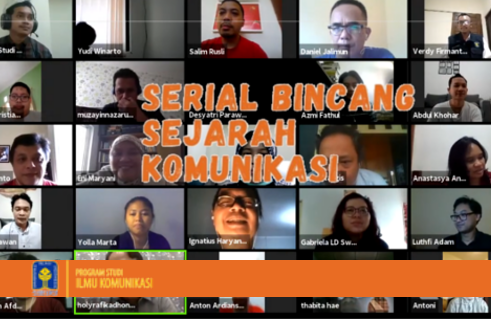
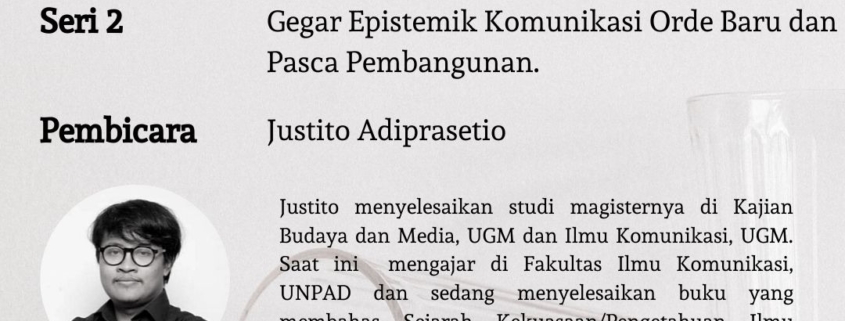 uii.ac.id
uii.ac.id